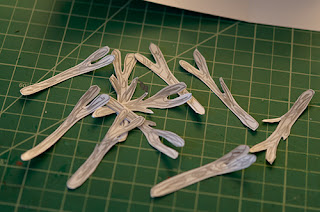I need to see if an upright hexagon will work when it's attached to the platform of a twisting mechanism. Will the two mechanisms work together? I don't know. The twisting mechanism works as if it is opening another card tucked inside. The hexagon works by the two sides separating as the card is opened forming the shape of a hexagon. The twisting mechanism's top, a new smaller inner card folds upward like a tent in the opposite direction of the outer card like a tent setup over a gully. The tent twists as it opens so that it sets up spread widely perpendicular across the card's central fold. It begins with the two V arms folded together and held upward and spreads open wide and lays flat and spread out when fully opened. Can an upright hexagon wall be placed on top of the twisting mechanism that folds upward as a tent and not downward as the usual outer card?
The answer is yes, but the surface must be shaped as a floor that fits inside the smashed folded sides of the hexagon when the floor is folded upward inside it.
This is for the twisting nest portion of the page, to see how it works, to see if it fits, what size to make it, to see if the sticks for the bird's nest will work jutting out as imagined. The goose inside the nest and the upright wheat plants surround the nest and the background drawing are all left to work out elsewhere. This is a limited test.
32 photographs follow.
This is 2 V mechanisms facing each other with two short stubby lengths as arms. Like two very short arrows facing each other.
They're cut and folded from a a single piece of card, so that their glue tabs take the shape of a bow-tie.
The tip in the center where several folds meet is clipped off to help the thing fold better.
The 2 V mechanisms facing each other form 2 V-shaped posts that rise upright when the card is closed, to straight up. Slots are cut in opposing sides of opposite V mechanisms. This is what causes the secondary platform to twist. The V mechanisms are connected on opposite sides. This time by a tab through slots instead of little hinges. It's a style choice that allows a little wiggle-room. The effect would be the same if the tab/slots were hinges, probably a little more rigid.
The nest twists a quarter turn and plunks down flatly on the card with the nest spread out and the random sticks jutting past each other at the corners. It works very well.
































1 comment:
That, my friend, is brilliant, and I mean that in the American sense, not the British sense.
Post a Comment